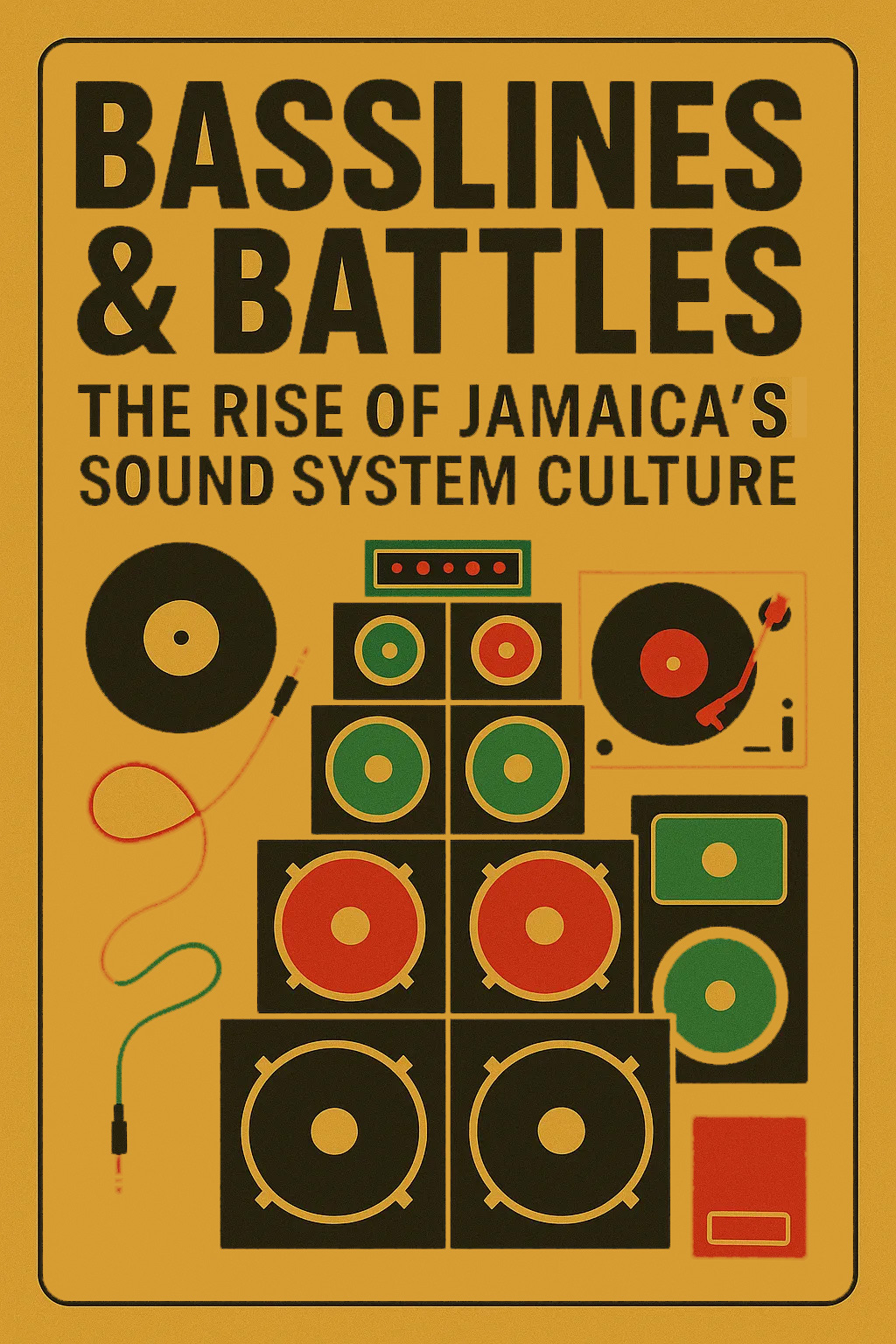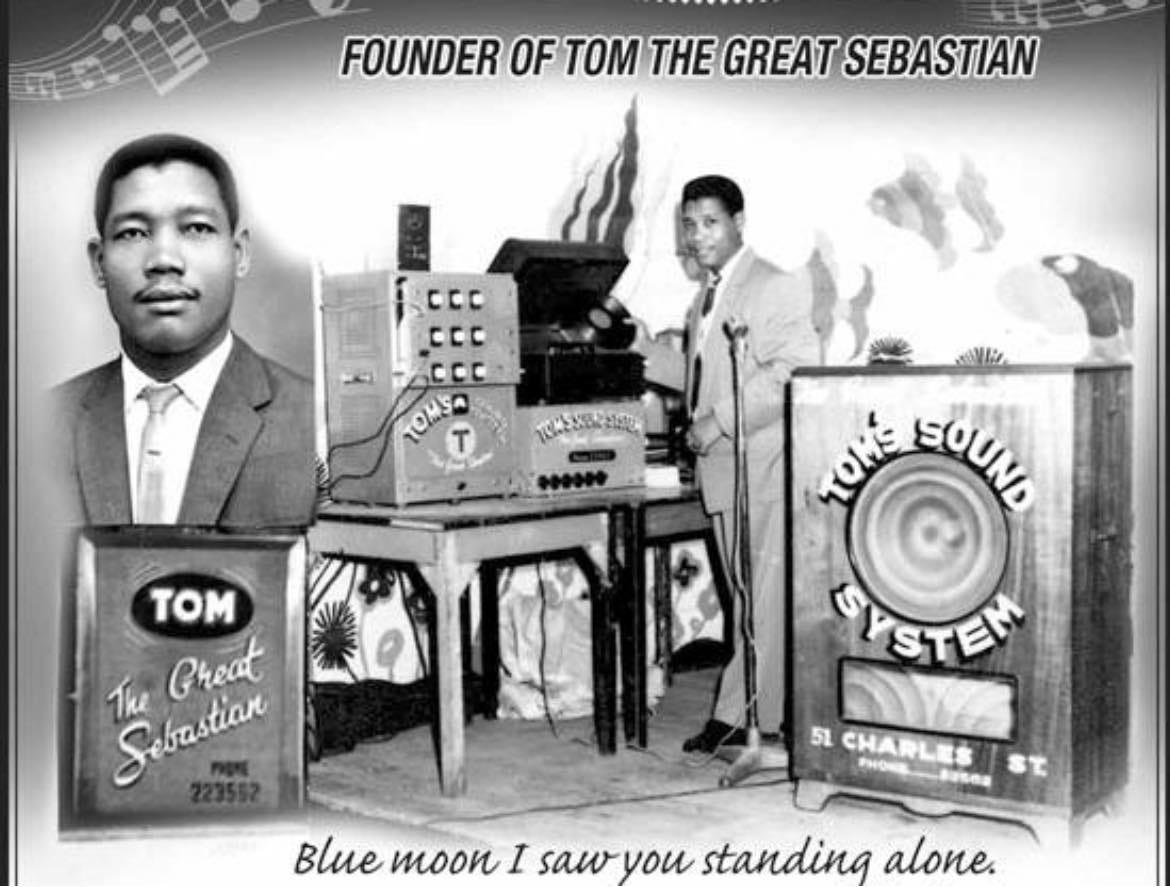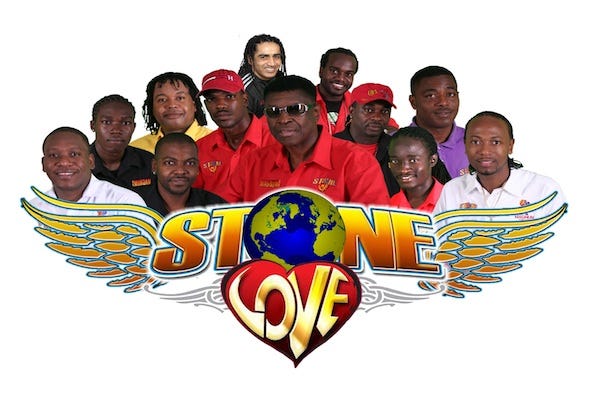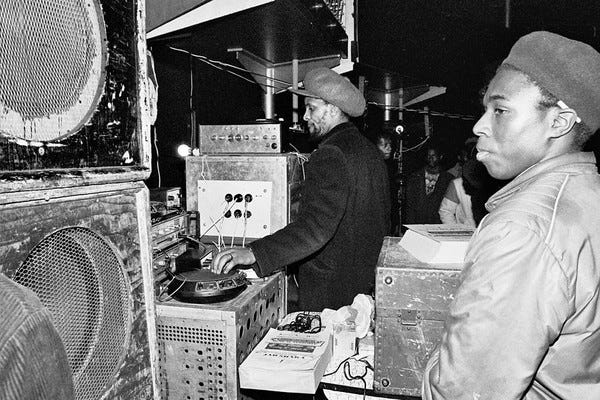Basslines & Battles: The Rise of Jamaica’s Sound System Culture
From Kingston's Streets to Global Beats— An brief overview of The Sound System
The Birth of a Movement
In post-WWII Kingston, Jamaica, entertainment was scarce, and many couldn't afford radios or entrance to the clubs. Into this void stepped the sound system—a mobile setup of turntables, amplifiers, and towering speakers that brought music straight to the people. These weren't just parties. They were cultural lifelines, building blocks of Jamaica’s music industry, and launching pads for entire genres.
The first known sound system was Tom the Great Sebastian, launched by Tom Wong around 1950. He played imported U.S. jump blues and rhythm & blues, drawing huge crowds. This sparked a revolution in street-level music presentation.
What Are Sound Systems?
In Jamaica, a sound system isn't just a speaker setup—it's a mobile party, a cultural institution, and the foundation of modern Jamaican music. A typical sound system crew includes:
Selector (DJ) – picks and plays records
Deejay (Toaster) – talks, chants, or rhymes over the music
Operator – manages the gear and keeps the equipment running smoothly
Boxmen – haul and set up the huge speaker boxes
The Founding Soundmen
As the scene exploded, several key figures emerged:
Tom the Great Sebastian – The original pioneer.
Duke Reid’s The Trojan – A former policeman whose sound was known for exclusivity and intensity.
Coxsone Dodd’s Downbeat – A fierce rival to Duke Reid, Dodd scouted talent like Bob Marley and eventually opened Studio One, Jamaica’s Motown.
These systems didn’t just play records—they competed. Sound clashes were born, pitting systems against each other in fierce musical battles judged by crowd response.
The Evolution: Ska to Dub to Dancehall
As U.S. R&B imports dwindled, Jamaican producers created original styles like:
Ska (early 1960s) – fast, horn-driven beats.
Rocksteady (mid-60s) – slower, soulful rhythms.
Reggae (late 60s onwards) – spiritually conscious, bass-heavy grooves.
Dub (early 70s) – pioneered by King Tubby, featuring instrumental remixes, echo, and reverb. Tubby’s Hometown Hi-Fi became a blueprint for experimental sound systems.
Dancehall (80s) – digital riddims and rapid-fire deejay toasting took over, led by crews like Stone Love, Killamanjaro, and Bass Odyssey.
Toasting—talking or chanting over instrumental tracks—became a key element and would later influence hip-hop.
(Video: Jack Ruby Hi-Fi)
A Global Sound
Sound system culture didn’t stay in Jamaica:
UK: Caribbean immigrants brought it to cities like London and Birmingham, fueling lovers rock, jungle, grime, and more. Jah Shaka became a pillar of UK roots and dub.
USA: DJ Kool Herc, a Jamaican immigrant, brought sound system ideas to the Bronx, helping to birth hip-hop.
Europe, Japan, and Latin America: Local crews emerged, building their massive rigs and celebrating reggae and dub globally.
Festivals: Events like Notting Hill Carnival, Rototom Sunsplash, and Outlook Festival are sound system showcases today.
Early Key Figures & Sound Systems
Sir Coxsone Dodd – Downbeat Sound System
Duke Reid – The Trojan
King Tubby – Hometown Hi-Fi
Prince Buster – Voice of the People
Jack Ruby Hi-Fi
Jah Shaka (UK) – spiritual and roots sound in London
Stone Love, Killamanjaro, Bass Odyssey – legendary dancehall-era systems
Why Sound Systems Were So Important
Cultural Lifeline: Provided entertainment in impoverished neighborhoods. This is where people get news of what is happening in Jamaica and outside.
Community Builder: Brought together large groups of people regularly for dancing and socializing.
Platform for Talent: Deejays, singers, and producers could showcase their skills.
Musical Innovation: As U.S. R&B became harder to get, local producers created their beats—this sparked the birth of ska, rocksteady, reggae, and dub.
Economic Impact: Launched careers, inspired local record labels and developed a self-sustaining industry.








